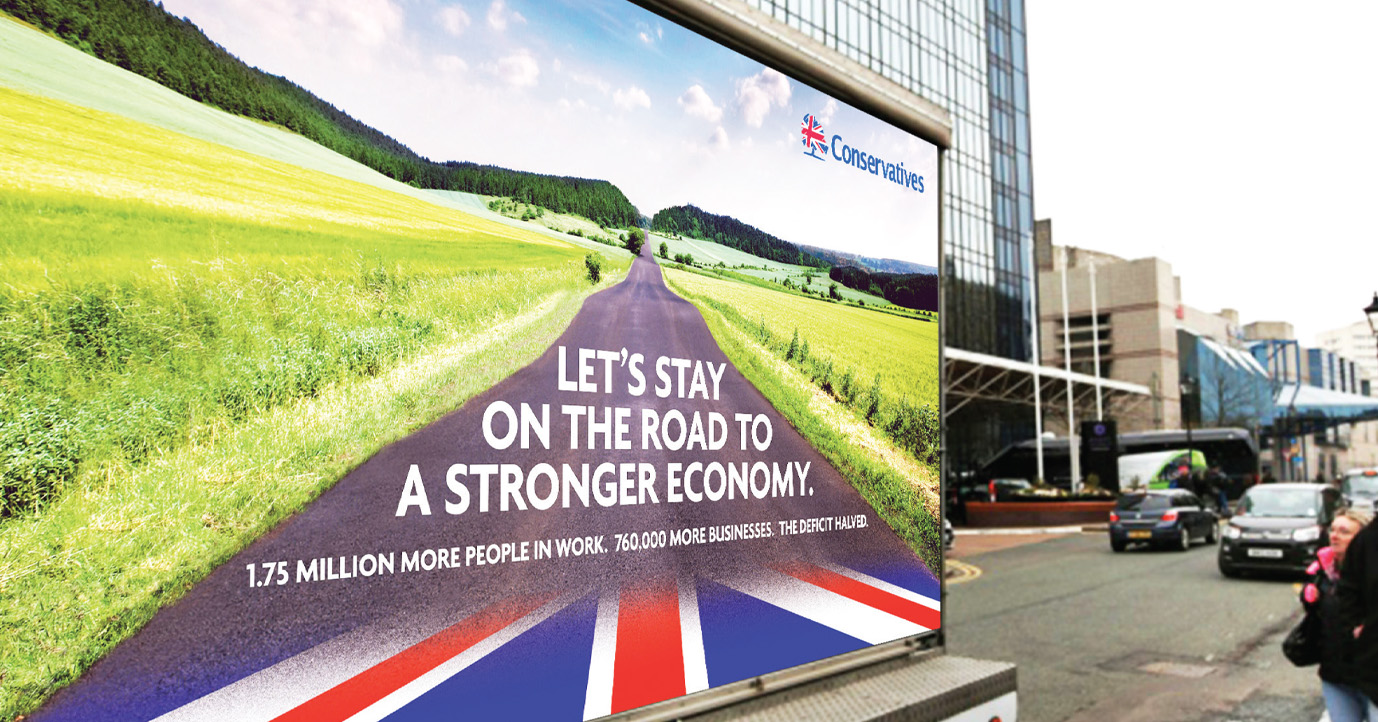In my latest battleground polling I have looked at Conservative-held seats with Labour in second place which on paper are safer than those in my previous research. This round includes eleven constituencies with majorities of between 1,328 or 3.1% (Brighton Kemptown) and 2,420 or 4.8% (Gloucester).
The overall swing from Conservative to Labour in this group of seats was 5%, but as in previous rounds there was some variation between constituencies: from 2% in Pudsey (a tie) and Gloucester (Tory hold) to 6.5% in Hastings & Rye and 8% in Brentford & Isleworth.
Though nine of these seats would change hands on the basis of these snapshots Labour will not feel comfortable in many of them. Though Labour led by ten points in Enfield North and 13 points in Brentford, they were ahead by less than five points in Brighton Kemptown, Hove, Halesowen & Rowley Regis and Nuneaton.
Swings to Labour appear to be related to the UKIP presence, which varied significantly from one seat to the next. Nigel Farage’s party scored just 7% in Brentford & Isleworth (where Labour’s share was up eleven points since 2010), but 24% in Halesowen (where Labour were down by two points, though still just ahead).
As these figures imply, there was more direct switching from the Conservatives to Labour in Brentford than in seats where UKIP had jumped to a solid third place. This lends some support to the theory expounded in the recent Fabian Society paper Revolt On The Left, which suggests UKIP could hamper Labour in Tory-held target seats by diverting voters who might otherwise switch straight from blue to red – though the evidence so far is that this effect is not yet strong enough in these seats to counteract the erosion of the Tory vote.
The Liberal Democrat vote had fallen by more than half in all seats – and sometimes considerably more – since the last election. Overall just 23% of 2010 Lib Dems, and only 27% of those naming a party, said they would vote for the party again in their own constituency in 2015. Nearly half (44%) of all 2010 Lib Dems ruled out voting for the party again next time.
Despite the Labour leads in voting intention less than three in ten (29%) of all voters in these seats said they would rather see Ed Miliband as Prime Minister than David Cameron, including just two thirds (65%) of Labour voters (and only 57% of those switching to Labour from other parties). Only just over a fifth (22%) of UKIP voters – and only 7% of those switching to UKIP from the Tories – said they would rather see Miliband in Number 10.
When it comes to the next election, only around eight in ten Labour and Conservative voters said they wanted to see their respective parties governing alone. Lib Dem voters who wanted to see a coalition were divided as to whether they wanted to see their party in office with Labour (42%) or the Tories (41%).
Nearly four in ten UKIP voters (38%) said they would like to see Labour in government either with an overall majority (28%) or in coalition with the Lib Dems (10%). Three quarters of Conservative-UKIP switchers wanted to see the Tories in government, including 66% who, despite how they said they intended to vote, wanted a Conservative overall majority.
Campaign activity on the ground does not yet seem to be quite at saturation point. Though the Conservatives were ahead of their rivals on voter contact rates, only 21% of voters in these seats said they had had literature, letters, emails, phone calls or visits from the party.
Where does this leave our wider analysis of the general election battleground? Let us return to the equation I explained in my presentation at the Conservative conference last month.
The calculation revolves around the Magic Number, which is the difference between the number of Conservative seats in the House of Commons and the number of Labour seats. Today, the Tories have 303 Members of Parliament, and Labour have 257: the Magic Number is 46. (This could of course change again after next month’s by-election in Rochester & Strood, and again after any further by-elections or defections).
It follows that the Magic Number is also the combined number of net Conservative losses and net Labour gains required for the two parties to have the same number of seats after the election. If this total is less than 46, the Tories remain the largest party. If it is more than 46, Labour become the largest party.
My research so far shows no net advantage to the Conservatives on the Lib Dem battleground: we have identified eight Lib Dem seats in which the Tories are currently ahead, but another eight in which on current polling the Lib Dems would lose to Labour. To make matters worse for the Tories, my research also puts UKIP ahead in two of their seats, in addition to the one already lost in Clacton.
If that situation persists, the Conservatives can afford to lose no more than 21 seats to Labour at the general election if they are to remain the largest party. Unfortunately for them, we have already identified 29 seats currently held by the Conservatives that would fall to Labour if my poll results were repeated at an election.
In other words, Labour would become the largest party if results in the seats I have already polled turned into results on election day – and there could well be more to come: while my polling has moved into seats with bigger Tory majorities I have not yet come to the “bite point” at which the potential losses end and Conservative seats consistently start to stay blue.
Research I currently have in the field is looking at some of these safer seats in search of the point at which the damage stops. If and when we find it, that should define the boundary of the real Conservative-Labour battleground.
But other unknowns remain. For example, are there vulnerable but hitherto unpolled Lib Dem seats in England and Wales? Could UKIP be making a significant impact in places we have not yet looked at> And what is happening in Scotland, where the big SNP gains some expect could change the equation significantly, especially if they are at the expense of Labour?
I will aim to examine these questions in future rounds of battleground research. Meanwhile, at the risk of repeating myself but for the avoidance of doubt, each one of these surveys is a snapshot, not a prediction.


